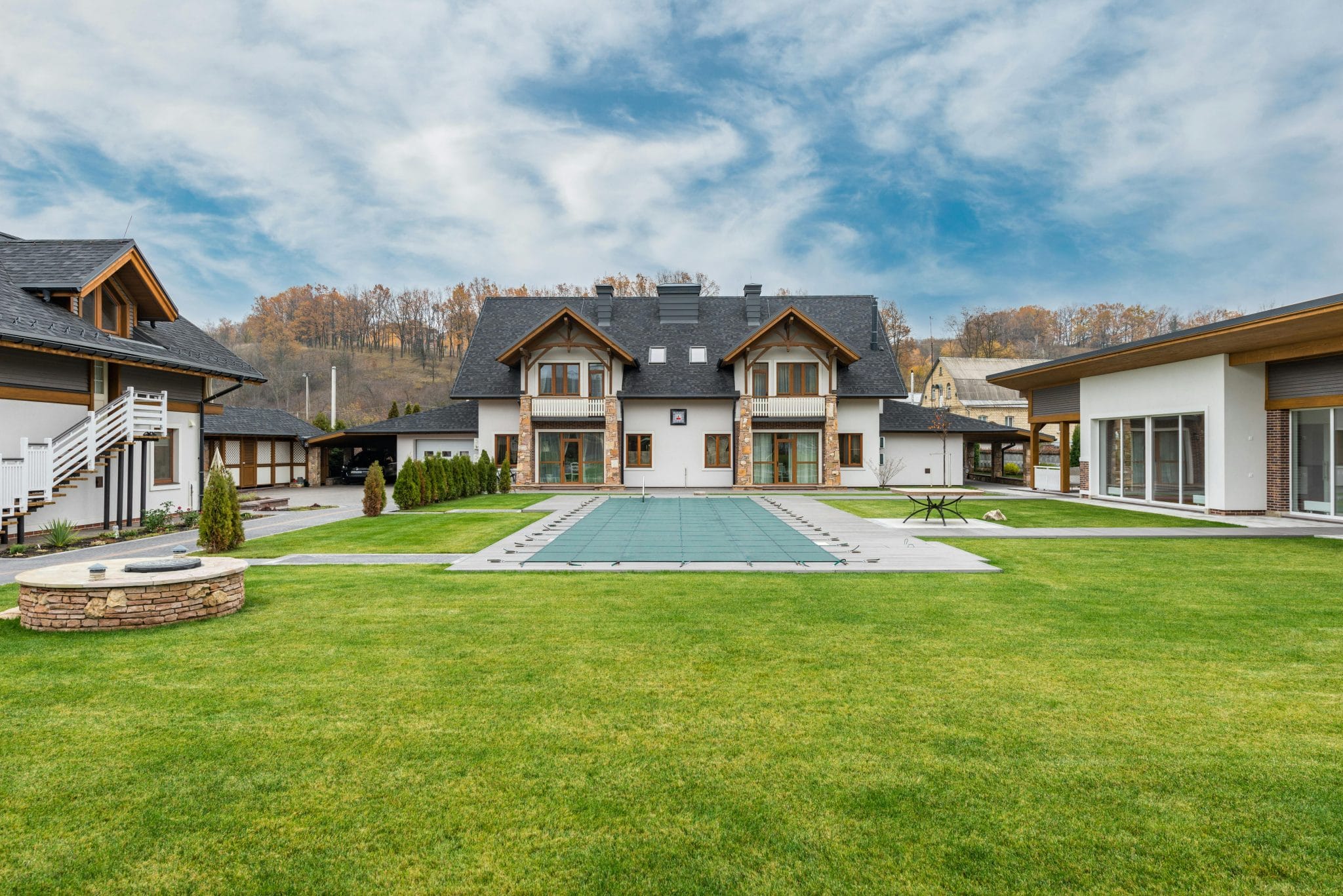Sustainability Green Building Practices in Retail Spaces
Welcome to the world of sustainable retail spaces! As sustainability becomes a growing concern in every industry, retail spaces are also catching up by integrating green building practices. These practices not only benefit the environment but also have a positive impact on the bottom line of retail businesses. In this article, we will delve deeper into the concept of sustainability and explore the different green building practices that can be adopted in retail spaces. So, if you are a retail business owner looking to contribute to a better future while also reaping the benefits, keep reading!
The Importance of Sustainability in Retail Spaces
In simple terms, sustainability is the ability to meet the needs of the present without compromising the ability of future generations to meet their own needs. In today’s world, where the effects of climate change and environmental degradation are becoming increasingly evident, it is crucial for all businesses to prioritize sustainability in their operations.
When it comes to retail spaces, the importance of sustainability is even greater. Retail businesses, with their large footprints, have a significant impact on the environment, from energy consumption to waste generation. By adopting sustainable practices, retail spaces can reduce their environmental impact and contribute to a healthier planet. Moreover, sustainability can also have a positive impact on the reputation and image of the retail brand, attracting environmentally-conscious consumers.
The Role of Green Building Practices in Retail Spaces
One of the key ways to achieve sustainability in retail spaces is through green building practices. These practices focus on reducing the environmental impact of buildings by maximizing energy efficiency, using eco-friendly materials, and implementing sustainable design principles.
So, how exactly can green building practices be applied in retail spaces? Let’s explore some of the most effective ways:
1. Energy-Efficient Lighting
Lighting is a significant energy consumer in retail spaces. By switching to energy-efficient lighting such as LED bulbs, retail businesses can significantly reduce their energy consumption. LED bulbs not only consume less energy but also have a longer lifespan, reducing the need for frequent replacements. Retailers can also install automatic lighting systems that turn off lights in unoccupied areas, further reducing energy wastage.
2. Renewable Energy Sources
Another way to reduce energy consumption in retail spaces is to switch to renewable energy sources such as solar panels. By using solar panels to generate electricity, retailers can not only reduce their carbon footprint but also save on electricity costs in the long run. Some retail businesses are even incorporating their solar panels into their building design, adding a unique and sustainable aspect to their brand image.
3. Natural Ventilation and Cooling
In many retail spaces, air conditioning is a significant energy consumer. By incorporating natural ventilation systems and design elements such as green roofs and insulated walls, retailers can minimize the need for air conditioning and reduce their energy consumption. Some retail spaces are also using energy-efficient HVAC systems that utilize renewable energy sources or recycle heat generated from other sources.
4. Sustainable Materials
The use of sustainable materials is another crucial aspect of green building practices in retail spaces. Environmentally-friendly materials such as natural fibers, recycled materials, and low-VOC (Volatile Organic Compounds) products not only reduce the environmental impact but also create a healthier indoor environment for employees and customers. Retailers can also opt for materials that can be recycled or reused after the building’s lifespan, promoting a circular economy.
5. Waste Reduction and Management
When it comes to waste generation, retail spaces have a significant role to play. By implementing efficient waste management systems that focus on recycling and proper disposal of waste, retail businesses can significantly reduce their environmental impact. Some retail spaces even incorporate waste reduction in their building design, such as implementing composting systems or using recycled materials in their construction.
The Bottom Line
In conclusion, sustainability green building practices have a vital role to play in creating a greener future for retail spaces. Through energy efficiency, renewable energy sources, sustainable materials, and waste management, retail businesses can contribute to a healthier environment and a better bottom line. So, if you are a retail business owner, it’s time to adopt these practices and be a part of the sustainability movement!










